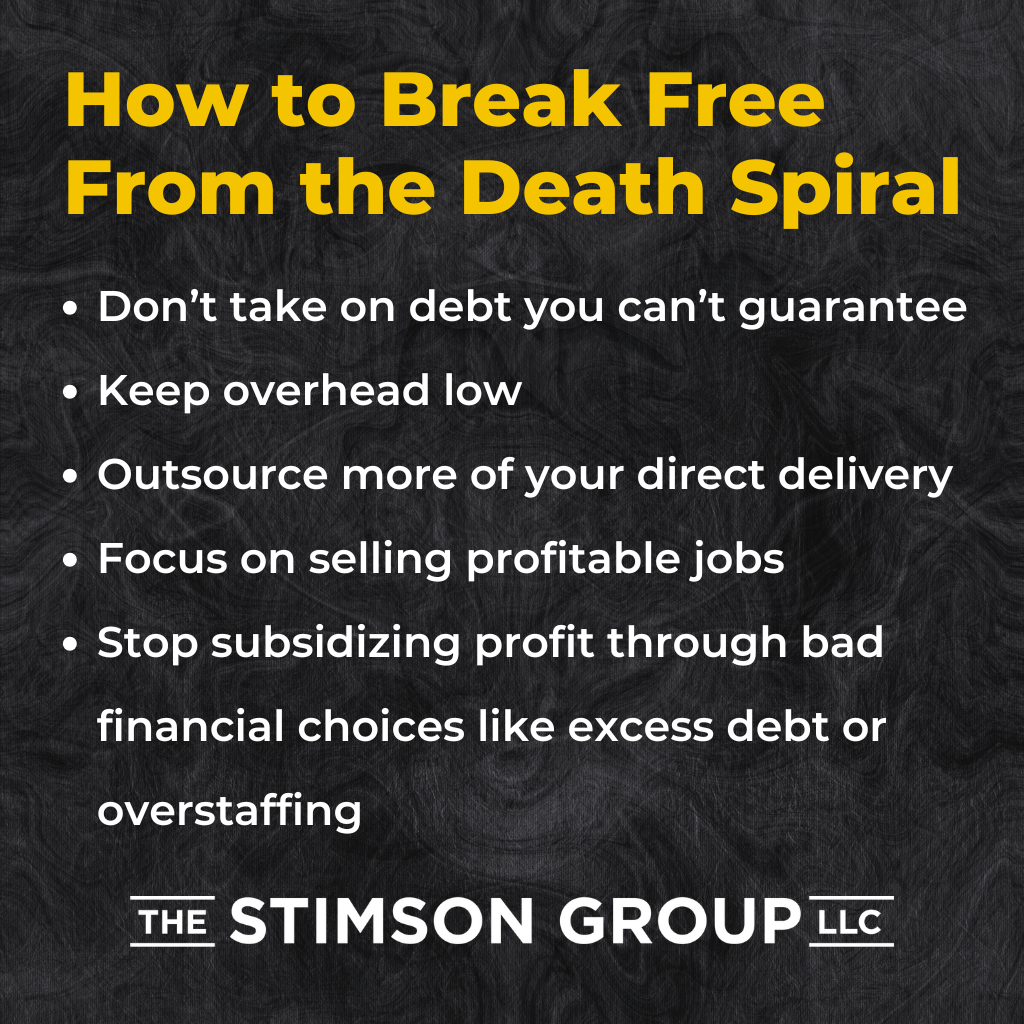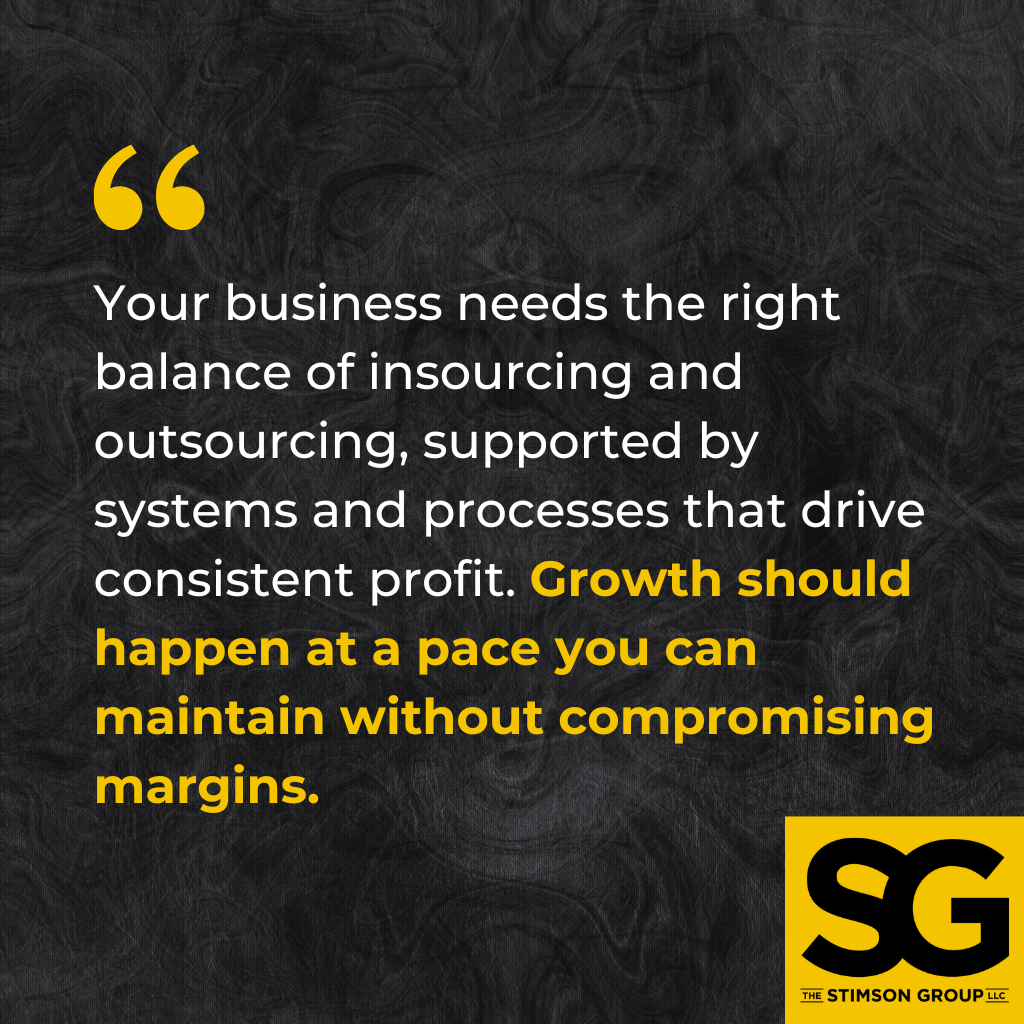
Listen instead on your Monday Morning Drive:
Ever watched James Burke’s “Connections”? If not, do yourself a favor and check it out. This series explains how seemingly inconsequential developments shaped our present, proving that the path from past to future often contains surprising lessons.
When people ask what’s changed over my 40 years in live events, I think back to the 1980s, when rental returns were stellar and profit margins seemed unlimited. As Burke would explain, one little shift changed everything, creating ripples we still feel today.
The Rise of Operating Leases
Before operating leases, companies needed strong banking relationships or massive cash reserves to buy equipment. The gear used at companies like Bauer AV often dated back a decade or more — and we kept using it. A video projector or sound system could stay in service for years.
Then came a new financing tool: the operating lease. Unlike traditional bank loans that required business studies, sales history, and signed contracts, these leases were backed by the equipment itself. They appeared as operating expenses rather than debt on the balance sheet, reducing taxable income. Companies could buy new gear with untaxed money and keep debt off their books.
The impact was immediate. Anyone could become a rental company. Individual entrepreneurs bought a couple of video projectors or a sound system for a side hustle. Established companies expanded their inventory faster than ever before.
In that era, I closed deals simply by owning certain equipment. A client would call about availability, and I’d say, “Yes, we have it in stock.” Sometimes I’d add that our competitor who’d just demonstrated the same projector to the buyer had actually rented it from us — they didn’t own it yet. That’s how much equipment ownership mattered then.
This period fueled unprecedented research and development, sparking the digital revolution through the 1990s. New products emerged across all departments as manufacturers found eager buyers for their latest innovations.
The Birth of Wholesale Rentals and Channel Disruption
This surge in equipment financing changed our supply chain forever.
Video Equipment Rentals (VER) — starting with just two brothers and a van — created the wholesale rental market. Soon other companies followed, giving rental companies new options when they needed extra gear for a show. You didn’t have to call your competitor to rent gear for the show you’d just won from them.
But this new market created confusion about roles. Who’s wholesale? Who’s direct? What defines B2B? Who’s an agency?
We had no vocabulary for these distinctions. We just knew the farther down the supply chain you were, the lower the price you were supposed to pay.
The wholesale market solved one problem but created others. Production companies that used to rent from AV companies started buying their own gear. End clients tried to rent directly from wholesale companies. Everyone wanted wholesale pricing.
The old pricing tiers that separated different levels of the supply chain began to crumble.
By the turn of the century, this channel disruption sparked daily crises. Wholesale rental companies began eyeing their customers’ customers, then started doing shows directly for clients that used to belong to their rental customers. The traditional supply chain fractured.
Technology Convergence and Market Saturation
Around 2000, the entertainment and AV worlds started merging. Coming from the entertainment side, I discovered AV in the 1980s. Others evolved from AV and then found entertainment.
Equipment overlap between these sectors meant more companies could bid on the same shows. Different quality levels and approaches emerged, but a common thread appeared: companies kept adding staff and buying gear, then lowering prices to keep the equipment busy.
The financial tool that sparked this growth had a dark side. Equipment’s useful life didn’t match lease terms. Three-year-old video projectors, decks, and cameras returned to leasing companies were worth pennies on the dollar as newer, better products hit the market.
Finance companies switched to capital leases: regular debt that showed on balance sheets. But without standard bank lending rules, defaults increased. Manufacturers stepped in, offering their own leasing programs to keep selling equipment. This helped wholesale rental companies grow even faster, getting first access to new gear while others waited in line.
The Death Spiral Takes Hold
This combination of easy financing and market pressure created what my book “Balance” calls the death spiral.
Companies feel pressure to add resources to increase capacity so they can sell more. When sales dip, those resources sit idle and expensive. The solution? Drop prices to sell more shows.
But lower prices mean smaller margins. To make up the difference, companies chase more revenue, which demands more gear and people. This leads to another price drop to keep everything busy.
The cycle continues, pushing margins lower each time.
Accountants stepped in with a job cost model that made things worse: buy more gear and hire more people to reduce job costs. This approach promised better profits on a per-project analysis, but counter-intuitively deepened the spiral companies added non-variable Costs of Goods Sold (COGS).
Then came the financial crisis of 2007. Lives and businesses were wrecked as bad lending practices caught up with the banks, and then their debtors. The government bailed out the biggest bank offenders, while everyone else was on their own. Rental companies refinanced, but no one learned anything. By 2009, we jumped back into business with even smaller margins in our live event technology space.
By 2019, companies celebrated 2% net profit margins. The 2007 financial crisis should have taught us better — the same financial tools that powered our growth through the 1990s were cousins to the credit default swaps that nearly collapsed the global economy.
Then, 2020 happened, and the lesson became impossible to ignore: never overextend your balance sheet.

Breaking Free from the Cycle
The lesson may have been painful, but the experience has been priceless.
The path forward requires a new approach:
- Don’t take on debt you can’t guarantee
- Keep overhead low
- Outsource more of your direct delivery
- Focus on selling profitable jobs
- Stop subsidizing profit through bad financial choices like excess debt or over-staffing
Your business needs the right balance of insourcing and outsourcing, supported by systems and processes that drive consistent profit. Growth should happen at a pace you can maintain without compromising margins.
Revenue per employee in an AV Rental company averaged $150,000 in 2007. Today, the average is closer to $250,000. Highly profitable companies in the Live Event space earn $350,000 or more today.
My Intentional Success Club members are putting these principles into action right now. They’re building scalable operations, reducing risk and volatility, and creating sustainable long-term businesses. They have adopted processes that require fewer full-time employees and less overhead expense in general.
One small change in financing options reshaped our industry decades ago — but we can choose a different path forward.






Leave a Reply